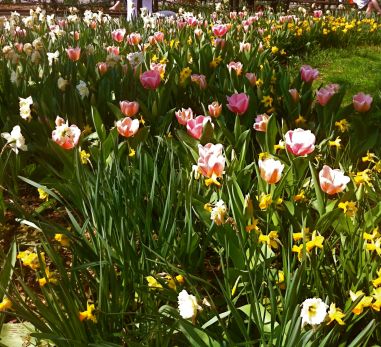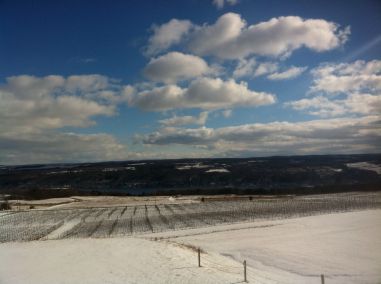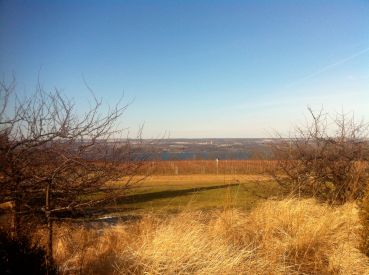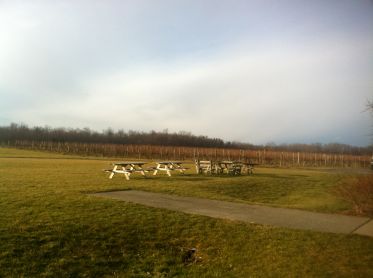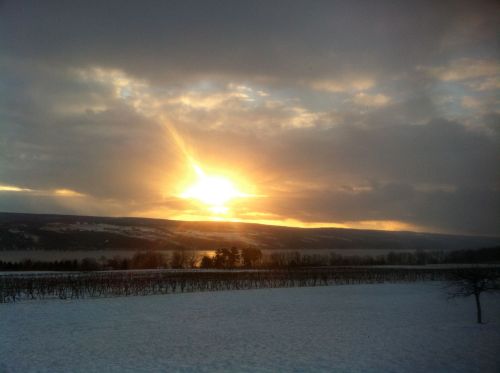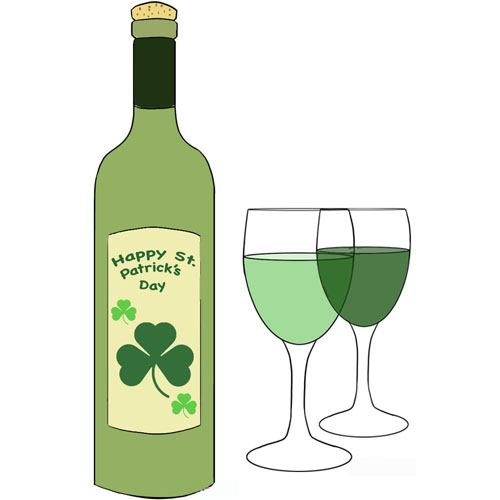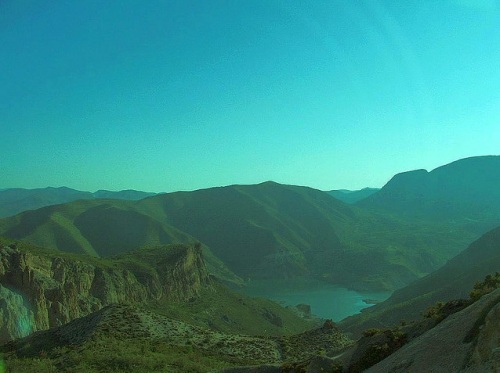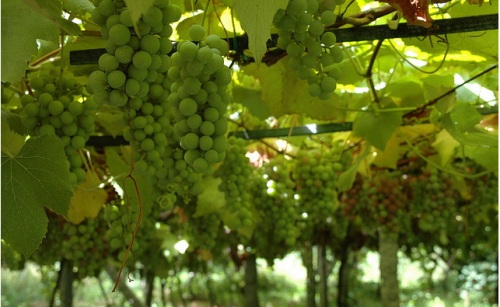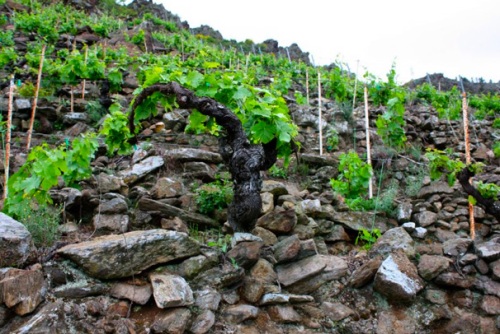One of the more embarrassing episodes of my life involves an infatuation with musical theater. And so, when I walked out of my apartment the other day to find the whole city suddenly in bloom, I couldn’t help but to think of the song below:
Note, of course, that the song is all about JUNE busting out all over because, well, sadly, there’s usually not too much to sing and dance about til then.
New Yorkers love to gripe that Spring is not a season that affords much celebration in the city. Too often, she is much too coy a lover – getting all of our hopes up with a string of beautiful days, warm and sunny, and then taking it all away without warning and leaving us shivering in our light jackets against a cruelly chilly wind and cloud-darkened sky.
Personally, I have vivid memories of railing against Spring’s maliciciously late appearance last year – of wandering past barely budded branches in April and feeling cheated by the season’s pathetic showing of scrawny daffodils and bone-chilling nights.
So, this year, when Spring, in her star turn as seductress, whirled into the city early, sending trees into ecstatic blooms, coaxing tulips out of the ground with wanton promises, and inciting a riot of hyacinths, I couldn’t help but wonder what she was up to.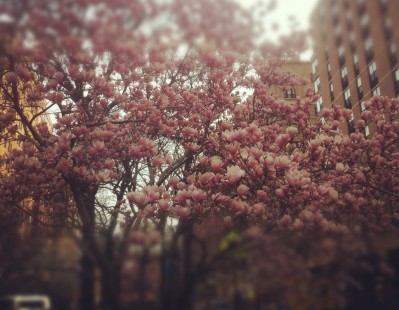
And then I got over it. Because, heck, we’ve got a real, true, swear-to-goodness Spring in the city this year, and that’s just swell.
This sudden and unexpected turn in the seasons also got me to thinking about just how important the seasons are in wine making.
Just a couple months ago, I took a trip to the Finger Lakes of upstate New York, a place where the seasons and its inevitable variations have a tremendous impact on the region’s wines.
“A lot of people say that the terroir up here is the weather and that defines our vintage more so than in many regions that may have a climate that is fairly stable,” said Peter Becraft, an assistant winemaker at Anthony Road Wine Company (and one of my favorite producers in the region). “On the east coast you’re dealing with constantly changing weather pattern – some years it is much colder and some year it’s much warmer, some years we get more rain than we need and some years we don’t have enough!”
In fact, at the very first lunch we sat down to on our whirlwind trip through the region, Tricia Renshaw, a winemaker at Fox Run Vineyards, told us a horror story about waiting a few days too long to harvest the season’s Gewurztraminer and losing the whole crop to bad weather.
The Finger Lakes is quietly but steadily gaining recognition as one of the best wine-producing regions in the U.S., a reputation that is staked largely on the region’s wonderful dry Rieslings.
The region has a long and storied past in wine making – but one that mostly involves producing cheap bulk wine or sweet wines from native North American grape varieties called Vinifera Labrusca (grapes like Concord, Niagara, Catawba, and Delaware). Its worth noting, too, that those sweet wines are still doing just fine, thank you, in the region and, in many cases, are the work horse wines that pay the bills and allow many of the region’s winemakers to produce their more serious wines.
It wasn’t until the 1960’s, that an ambitious Ukranian named Dr. Konstantin Frank introduced European varieties to the region and incited a “Vinifera Revolution” that would totally change the direction of wine production in the region.
Ok, you’re thinking, So they’ve been at this since the 1960’s and I still haven’t heard of, let alone tried, a wine from the Finger Lakes? Doesn’t that mean the region had, like, a ten year start on California’s serious wine making efforts? So why have I gotten sloshed on Napa Chardonnay before I’ve even had a sip of Finger Lake Riesling?
And this, dear reader, is an excellent question. Let’s start by addressing the fact that there is just much much more land in California that is amenable to successful viticulture.
In the Finger Lakes, vineyards can only be successfully cultivated on a very small portion of land – the hills directly above the region’s namesake deep lakes. Those lakes are essential to grape production in the region because they are very large and extremely deep. In fact, one of those lakes, Seneca Lake, is so deep that the US Navy tests its submarines inside of it. True story. The depth of those lakes is important because it makes it impossible for the lakes to freeze over in winter and causes them to act as natural weather moderators – keeping the immediately surrounding hillsides warm enough through the region’s harsh winters for vines to stay alive, and cool enough in the summer time to keep them from getting fried.
Jim Trezise, president of the New York Wine and Grape Foundation, has said it very eloquently indeed.
” Our geography in New York State really limits what we can do,” Trezise told me. “California is so much larger as a state and has so much more acreage within the state that is conducive to growing grapes than we do here in New York […] we’re never going to be a major quantity player in the world.”
In essence, there’s just not much wine from the Finger Lakes to go around. And because the region’s output and quality is so dependent on the weather, one bad vintage can mean even less wine than the year before or after.
However, it’s important to note that quality is not one of the reasons you’ve never tried a wine from the Finger Lakes. Ask me why you haven’t tried a wine from Mississippi, Kentucky, or Wisconsin and I’m gonna tell you it’s because they’re not very good. Not so, my friends, with the Finger Lakes. Perhaps a few years or a decade ago, this could have been a valid argument but, these days, the Finger Lakes is producing some top quality wines, indeed.
What do I mean by top quality in relation to the wide world of wine?
“We see the opportunity to position The Finger Lakes as North America’s preeminent cold climate region,” said Bob Madill, Chair of the Finger Lakes Wine Alliance. “In terms of quality, we truly believe that we can say that we are producing some of the great Riesling of the world -right there along with Alcace [France] and even Mosel [Germany].”
I’m the first to admit I’m nothing close to any kind of aficionado on the subject of Riesling. Prior to tasting my way through the Finger Lakes’ offerings, I usually scrunched up my nose and took a pass on the wine – thinking of it mostly as a sweetish wine that I had no taste for. But, what I tasted in the Finger Lakes, for the most part, impressed me. These were some tasty tasty wines.
The winemakers in the region are proud of what they’re doing, too. They believe that there is a true regional style that is emerging and I, for one, can agree. There’s a lot of minerality in these Rieslings that makes them interesting and particularly enjoyable. There’s also razor-sharp acidity (that, in fact, after three days of imbibing caused actual physical pain to my palate), gorgeous perfume, and breathtaking balance.
Obviously, Riesling isn’t the only grape being grown in the region – winemakers are also using Chardonnay, Gewurztraminer, and Gruner Veltliner on the white side. As for the reds, many in the wine world are eager to see what the region does with Pinot Noir and winemakers are also playing with Cabernet Franc, Blaufrankisch (known as Lemberger in the region), Gamay (the grape of Beaujolais) and Merlot. There are also some great sparkling wines coming out of the region. The sparklers would be my recommendation after the Rieslings.
So, in short, if you can get your hands on some Finger Lakes Riesling to celebrate this glorious Spring, go for it. They’re lovely – and their effusive aromatics are often of a floral nature that makes them a perfect pairing for the season.
As for the reds, in this humble wine blogger’s opinion there’s still some work to be done. Of course, I understand that this is never going to be a region to turn to for a big bold red wine – the style is leaner, brighter, and fresher than that of, say, California. But, personally, I found most (and not all – there are some red recommendations below!) of the red wines I tasted green, twiggy, and tannic. However, I will say that there is some serious promise in the regional blend of Blaufrankisch and Cab. Franc – these, I think are the best bet for the region’s reds – at least for now.
I’ve rounded up my 19 top wines from my Finger Lakes trip below. I’ve thrown in a couple of dessert and ice wines, too, because after this trip, I’m just smitten (if you haven’t already, check out the guest post I wrote for Mutineer Magazine’s blog on the subject!). Now get away from the computer screen and go dance around outside – Spring is busting out all over!
19 Finger Lakes Wines of Note
Pleasant Valley Wine “Millennium” Sparkling Wine – Warm biscuity nose with a hint of cider. Light and appley with a touch of vanilla at the end.
Tierce Dry Riesling 2008 – A toasty nose of roasted nuts, marshmallow, and a whiff of ripe pear – on the palate, there is sparkling acidity, and flavors of ripe tropical fruits that are reminiscent of white gummy bears.
Wagner Vineyards Semi-Dry Riesling 2009 – Softer nose of unripe strawberries with a touch of funk around the edge. Still, however, the wine is very juicy and more fruit on the palate than the nose. Racy acidity.
Anthony Road 2009 Riesling – Tar, pear, and ripe bananas on the nose. Super juicy with nice soft but strong acid, lychee, tropical flavors, this is Riesling is soft, warm and delicious.
Hosmer Riesling 2010 -Lots of fruit on the nose, smells sweet – almost like baked fruits. Luscious and juicy
Eagle Crest Vineyards semi-dry Riesling 2010 – A gorgeous perfume that mingles floral scents with ripe peaches and green mango. Lean fruit on the palate with a brisk minerally finish, brisk acidity.
Dr. Frank’s Rkatsiteli2009 – The nose is musky and melony with a touch of bubblegum. This is a wine made from an obscure grape that is juicy, long, full-bodied, and soft but still very brisk. Floral on the palate, too.
Dr. Frank’s 2010 Semi-Dry Riesling– Tropical fruit on the nose with a hint of peach. Sweet and bright.
Treleaven Chardonnay 2010 – Toasty oak, roasted almonds, and petrol. Rich and buttery with notes of toasty oak and hazelnuts. Nice and full.
Glenora Pinot Blanc 2011– Green apples, peaches, and grass on the nose. A soft and fleshy wine with zingy acidity and flavors of ripe pears.
Wagner Vineyards Semi-Dry Gewürtztraminer 2010 – Floral nose of roses and peonies and some lychee with a whiff of nutmeg. The luscious perfume carries through to the palate with a pleasantly oily texture. The weight of the sugar in the wine is completely balanced by the acid – making this an old-world style Gewurz with a gorgeous nose that actually translates from the nose to the palate.
Lamoreaux Landing ’76 West 2007 – Cocoa and leather on the nose, nice acid, juicy red fruit, soft tannin and a rush of vanilla on the finish.
Lakewood Lemberger 2009 – Smokey on the nose, with classic notes of black pepper, strawberries, and a slight gamey quality that is intriguing. Tingling acidity, warm, spicy with notes of currents. Fuller to mid palate with chewy rather astringent tannin.
Anthony Road Lemberger/Cabernet Franc Blend 2010 – Floral nose complimented by the scent of baked blueberries. Slight sweet vanilla on the palate, candied violets, high acidity, and soft tannin.
Standing Stone Vineyards Chardonnay Ice Wine 2008 – Smells like a caramel apple. Soft, lush, and juicy.
Martini Reinhardt 2008 Trockenbaren – On the nose, the scent of ripe pink ladies, mango, frangipani all mingle together to make an intoxicating perfume that smells a little bit like Hawaii. Cocoa butter and sunscreen. Bright, juicy, rich, and warm.
Sheldrake Point Riesling Ice Wine 2008 – Baked apricots, fresh almonds on the nose brings to mind the smell of a Danish. On the palate, it’s really bright, juicy with flavors of white peaches, and even a hint of peach gummy candies. Sweet without being cloying at all.
Lakewood Vineyards 2010 Glaciovinum – This super affordable desert wine is made with a grape called Delaware that some claim is native to North America and others argue is the result of some sexy time between European and native varieties. Either way, Delaware yields some delicious desert wine – I likened the nose to cherry Jolly Ranchers but fancier reviewers call it “sweet tangerine.” Bright, juicy, and just bursting with sweet exotic flavor, this desert wine is quaffable delight.
Treleaven Eis Wine 2008 Late Harvest Riesling – Peaches, marmalade, and a streak of caramel make up the nose of this luscious iced wine. The late harvest grapes are frozen after they’ve been picked, which excludes it from being a true ice wine, but its no less delectable. Rich and juicy, this dessert wine has stunning acidity and perfect balance.
